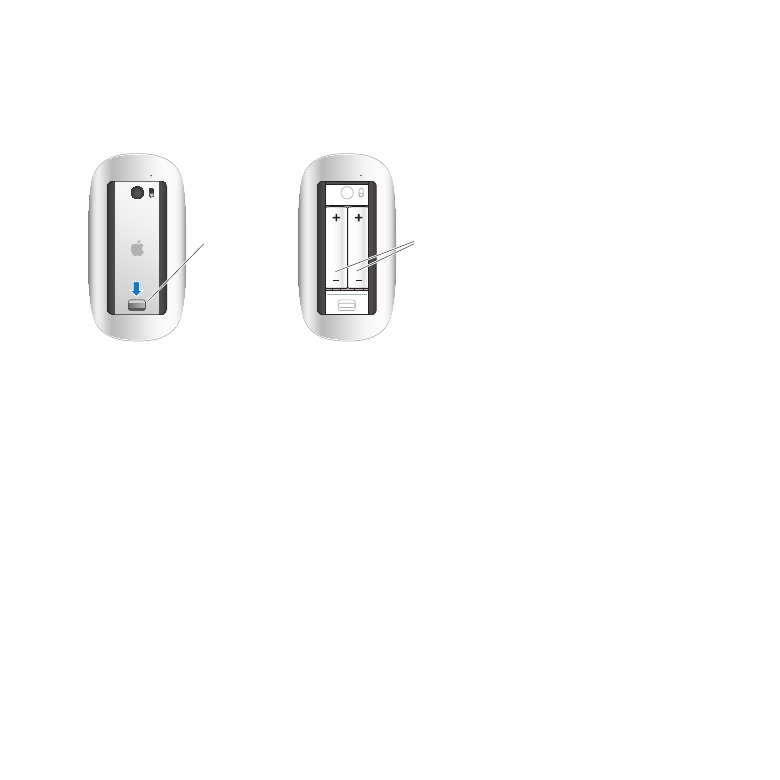
Problems with Your Internet Connection
The Network Setup Assistant application on your iMac can help walk you through
setting up an Internet connection. Open System Preferences and click Network.
Click the “Assist me” button to open Network Setup Assistant.

59
Chapter 4
Problem, Meet Solution
If you have trouble with your Internet connection, you can try the steps in this section
for your type of connection or you can use Network Diagnostics.
To use Network Diagnostics:
1
Choose Apple () > System Preferences.
2
Click Network and then click “Assist me.”
3
Click Diagnostics to open Network Diagnostics.
4
Follow the onscreen instructions.
If Network Diagnostics can’t resolve the problem, there may be a problem with the
Internet service provider (ISP) you are trying to connect to, with an external device you
are using to connect to your ISP, or with the server you are trying to access. You can try
the steps in the following sections.
Cable Modem, DSL Modem, and LAN Internet Connections
Make sure all modem cables are firmly plugged in, including the modem power cord,
the cable from the modem to your iMac, and the cable from the modem to the wall
jack. Also check the cables and power supplies to any Ethernet hubs or routers.
Turn off your DSL or cable modem for a few minutes, and then turn it back on. Some
ISPs recommend that you unplug the modem’s power cord. If your modem has a reset
button, you can press it either before or after you turn the power off and on.
Important:
Instructions that refer to modems do not apply to LAN users. LAN users
might have hubs, switches, routers, or connection pods that cable and DSL modem
users do not have. LAN users should contact their network administrator rather than
an ISP.

60
Chapter 4
Problem, Meet Solution
PPPoE Connections
If you are unable to connect to your ISP using PPPoE (Point to Point Protocol over
Ethernet), make sure you entered the correct information in Network preferences.
To enter PPPoE settings:
1
Choose Apple () > System Preferences.
2
Click Network.
3
Click Add (+) at the bottom of the network connection services list, and choose PPPoE
from the Interface pop-up menu.
4
Choose an interface for the PPPoE service from the Ethernet pop-up menu.
Choose Ethernet if you are connecting to a wired network, or Wi-Fi if you are
connecting to a wireless network.
5
Click Create.
6
Enter the information you received from your service provider, such as the account
name, password, and PPPoE service name (if your service provider requires it).
7
Click Apply to make the settings active.
Network Connections
Make sure the Ethernet cable is plugged into your iMac and into the network.
Check the cables and power supplies to your Ethernet hubs and routers.
If you have two or more computers sharing an Internet connection, be sure that your
network is set up properly. You need to know whether your ISP provides only one IP
address or multiple IP addresses, one for each computer.

61
Chapter 4
Problem, Meet Solution
If only one IP address is provided, then you must have a router capable of sharing the
connection, also known as network address translation (NAT) or “IP masquerading.”
For setup information, check the documentation provided with your router or ask
the person who set up your network.
An AirPort base station can be used to share one IP address among multiple
computers. For information about using an AirPort base station, see Help Center
(click Help in the menu bar and search for “airport”) or visit the AirPort website at
www.apple.com/support/airport.
If you can’t resolve the issue using these steps, contact your ISP or network administrator.